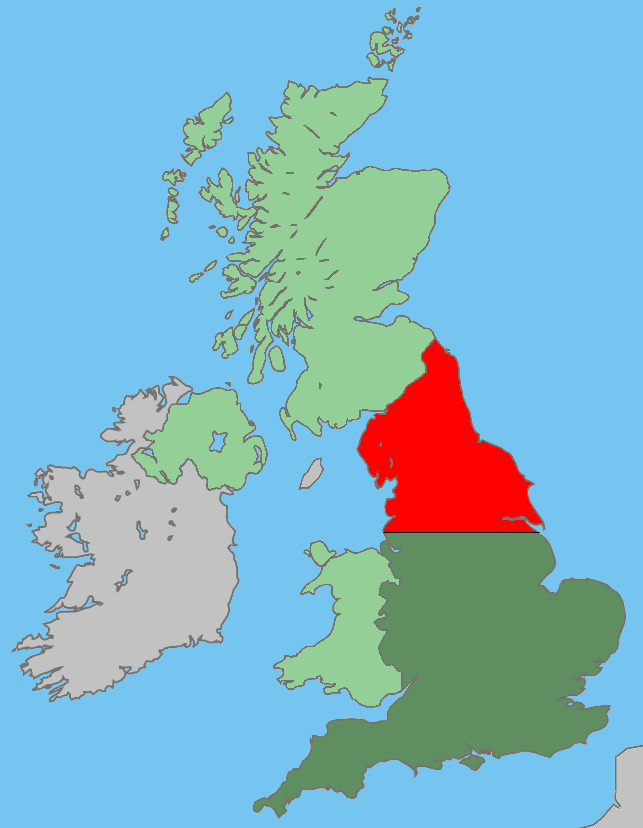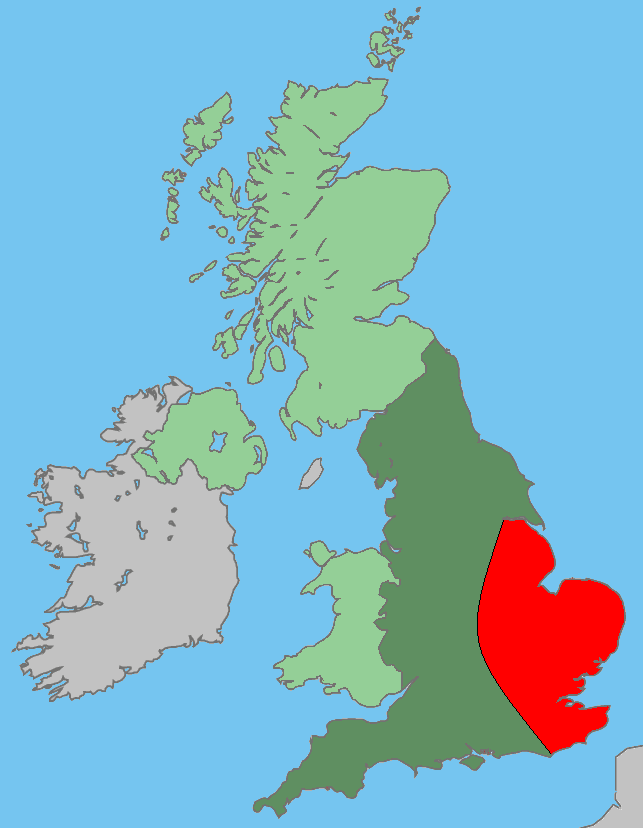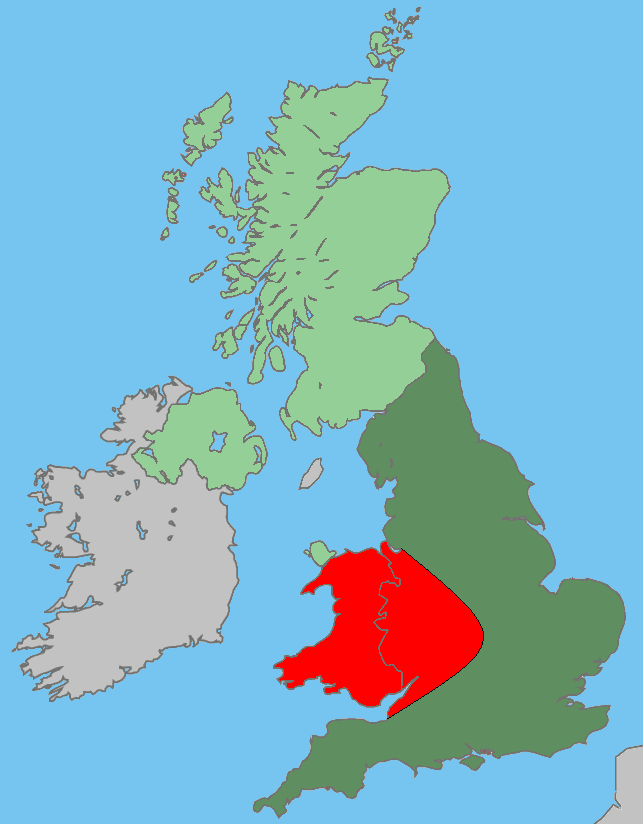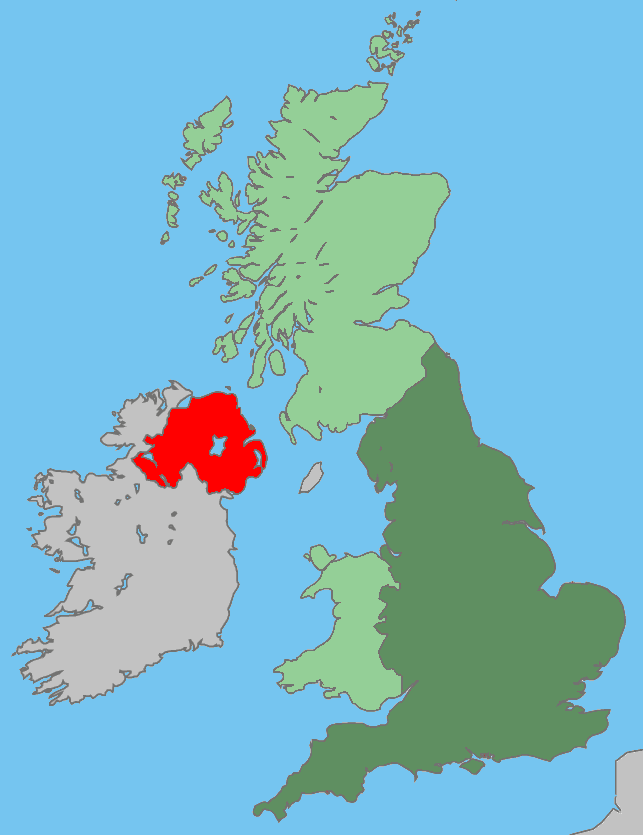Regional Weather Differences

UK Weather Home Page | The Seasons | Different Weather Conditions
UK Regional Weather Differences
Each different region of the UK can face very different weather conditions, even at the same time of the year. Not only do Scotland, Wales and Northern Ireland differ from each other, but also the different regions of England. In general, you can see it as the further north you go, the colder and windier it gets, and the further west you go, the wetter it gets.
However, this is just a very simple presentation, and for a more detailed description have a look below. Although the regions of England have no official boundaries, the areas highlighted in red are rough outlines.
Southern England’s Weather
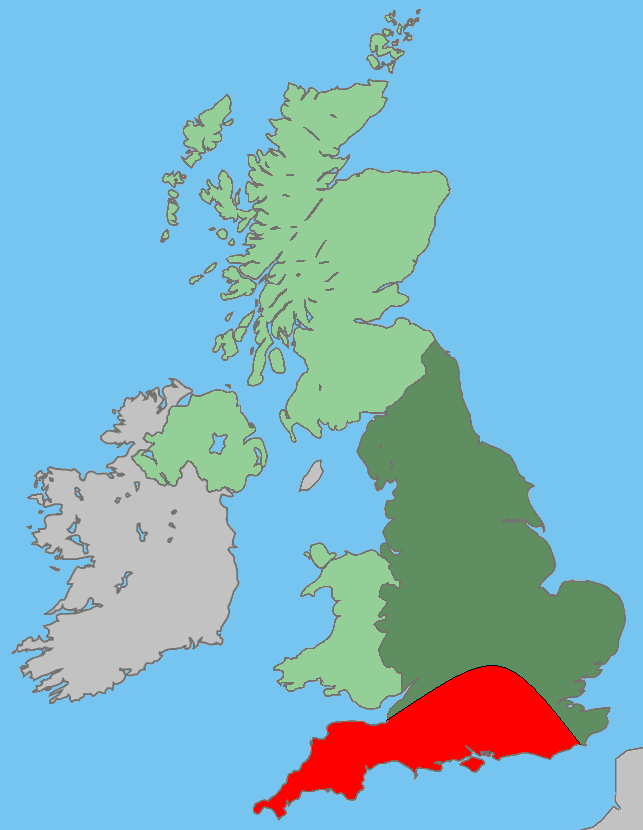
London almost creates its own weather conditions due to its sheer size. The urban landscape means that temperatures are often a couple of degrees higher than in surrounding areas, meaning snow is less common in the winter.
Northern England’s Weather
Generally, the further North in England you go, the colder the average temperatures get and the windier it gets. However, in terms of rainfall, it depends on where in the north you are. Whilst the North East has relatively little rain, the North West experiences quite a bit.
The East of England’s Weather
The East of England is the furthest from the Atlantic Ocean and the weather is therefore least affected by it. This means that the East is generally drier, cooler and less windy than the rest of Britain and also experiences the largest range of temperatures. The clouds tht bring rain to the UK have emptied themselves over the West of England by the time they reach the East, meaning it stays dry.
The West of England and Wales’ Weather
The West of England and Wales face pretty similar weather conditions due to the fact they are located so close by. In general, both regions have warm summers, mild winters and lots of rain. The fact that the West of the UK is so close to the Atlantic Ocean means that it has milder winters. This is because the huge mass of water holds heat better than land and so ‘heats’ Wales and Western England during the winter.
Scotland’s Weather
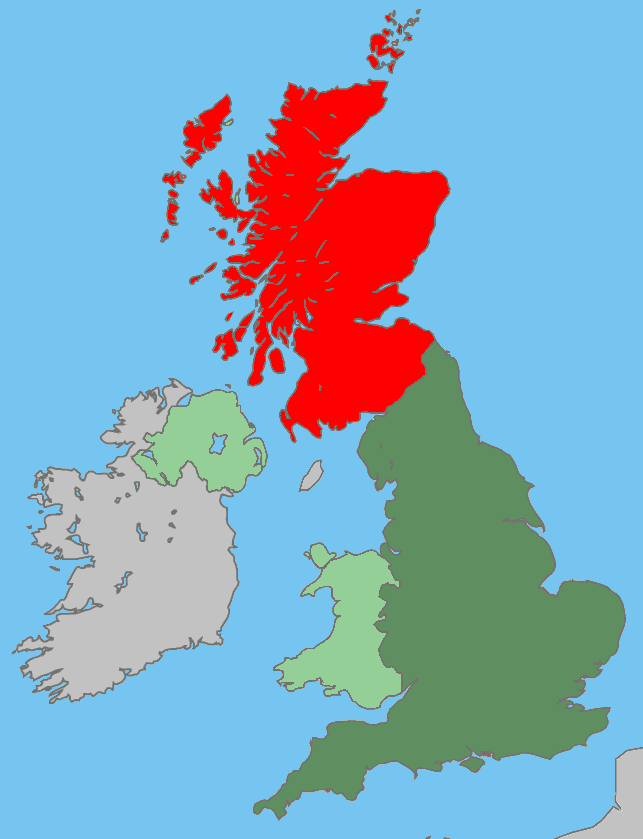
On top of this, Scotland has the shortest daylight hours in the winter in the UK, but the longest in the summer (up to 18 hours a day!) due to its northerly location. Overall, this may not make Scotland sound too appealing, but it is important to remember that the figures are swayed a bit by the northern and Highland areas of the country that are largely uninhabited.
Northern Ireland’s Weather
Northern Ireland is warmer than Scotland throughout the year, and has milder winters than England or Wales. In terms of rain, Northern Ireland is generally drier than both Scotland and Wales, but wetter than most of England. Really, in terms of weather, it is best to think of it as half way between England and Scotland in temperatures, and half way between England and Wales in rainfall. Simple!
British Weather Home Page | The Seasons | Different Weather Conditions



